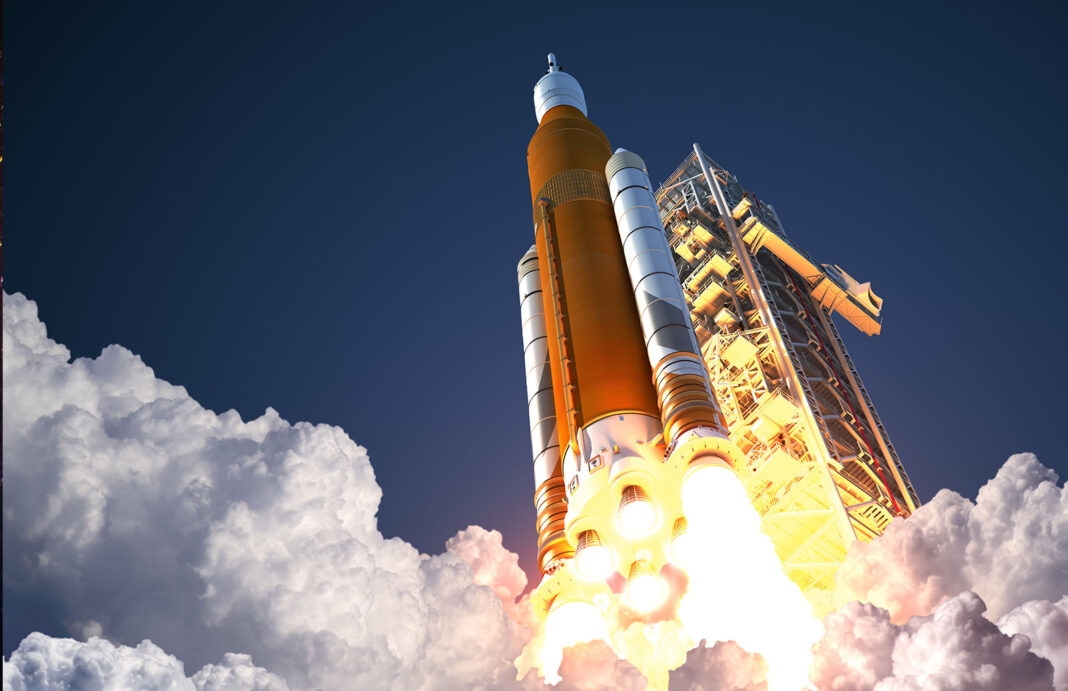General Atomics and NASA’s Breakthrough in Nuclear Thermal Propulsion Fuel
Exciting news has emerged from the NASA Marshall Space Flight Center in Alabama, where General Atomics and NASA have successfully tested a groundbreaking new type of nuclear thermal propulsion reactor fuel. This innovative fuel opens up the possibility of propelling humans to Mars in a mere 45 days, a significant reduction from the traditional six-month transit time required by conventional rockets.
Transporting humans to Mars using existing technology poses numerous challenges, including extended transit times and communication gaps that could hinder troubleshooting efforts. However, the successful testing of this new nuclear thermal propulsion reactor fuel represents a major step towards revolutionizing deep space travel.
According to General Atomics, the newly developed thermal reactor fuel has demonstrated remarkable resilience, withstanding peak temperatures of 2,600 Kelvin (4,220 Fahrenheit) and maintaining peak performance even during a 20-minute hold. This achievement showcases the fuel’s ability to shield itself from erosion and degradation caused by the intense heat of hydrogen used in propulsion.
While we are still a long way from implementing a fully functional rocket propulsion system, the progress made by General Atomics and NASA signifies a promising future for next-generation rockets that could propel humans farther and faster into space than ever before. The potential implications of this breakthrough are vast, offering hope for more efficient and expedited space exploration missions.
As we eagerly await further developments from NASA and other space agencies, the future of space exploration remains uncertain amidst shifting political landscapes. Whether NASA will collaborate with companies like SpaceX to deploy nuclear propulsion systems for future missions is yet to be seen, but the groundwork laid by these recent tests is undoubtedly a significant milestone in advancing space travel.
The Story So Far:
In a recent breakthrough, General Atomics and NASA have successfully tested a new type of nuclear thermal propulsion reactor fuel that could drastically reduce travel time to Mars, paving the way for faster and more efficient deep space exploration.
Detailed Review:
- Storyline: The development of the new nuclear thermal propulsion reactor fuel marks a critical advancement in space travel technology, potentially revolutionizing the way humans explore the cosmos.
- Performances: General Atomics and NASA have demonstrated exceptional innovation and technical prowess in successfully testing this new fuel, showcasing their commitment to pushing the boundaries of space exploration.
- Direction: The collaborative efforts of General Atomics and NASA in achieving this breakthrough highlight the importance of partnership and innovation in advancing space exploration capabilities.
- Other Key Elements: The successful testing of the thermal reactor fuel underscores the potential for faster interplanetary travel and opens up new possibilities for future space missions.
Conclusion:
The successful testing of a new nuclear thermal propulsion reactor fuel by General Atomics and NASA represents a significant milestone in advancing space exploration capabilities. This breakthrough paves the way for faster and more efficient deep space travel, offering hope for exciting possibilities in the realm of interplanetary exploration.
Frequently Asked Questions:
- What are the potential benefits of nuclear thermal propulsion for space travel?
- Nuclear thermal propulsion could significantly reduce travel time to distant planets, making deep space exploration more viable and efficient.
- How does the new reactor fuel withstand high temperatures during testing?
- The newly developed thermal reactor fuel can endure peak temperatures of 2,600 Kelvin, showcasing its durability and resilience under extreme conditions.
- What implications does this breakthrough have for future space missions?
- The successful testing of the nuclear thermal propulsion fuel opens up new possibilities for expedited interplanetary travel and enhanced space exploration capabilities.
- How does this achievement impact the future of space exploration technology?
- This breakthrough represents a major step towards developing next-generation rockets that could propel humans further and faster into space, revolutionizing deep space travel.
- Will NASA collaborate with companies like SpaceX to implement nuclear propulsion systems in future missions?
- The future of space exploration collaborations remains uncertain, but the success of General Atomics and NASA’s tests sets a positive precedent for potential partnerships.
- What challenges does traditional rocket propulsion pose for missions to Mars?
- Conventional rockets require long transit times to reach Mars, leading to logistical and communication challenges that could hinder mission success.
- How could faster travel times to Mars benefit future space exploration missions?
- Reduced transit times to Mars would allow for more efficient mission planning, increased exploration opportunities, and enhanced astronaut safety during deep space journeys.
- What role does innovation play in advancing space exploration capabilities?
- Innovations like the new nuclear thermal propulsion fuel demonstrate the crucial role of technological advancements in pushing the boundaries of space exploration.
- What are the key takeaways from the successful testing of the new reactor fuel?
- The successful testing of the thermal reactor fuel highlights the potential for accelerated space travel and the importance of collaboration in advancing space exploration.
- How might this breakthrough impact the future of human space exploration missions?
- The development of nuclear thermal propulsion technology could revolutionize human space exploration by enabling faster and more efficient travel to distant planets, opening up new frontiers in space exploration.
Tags:
Nuclear Thermal Propulsion, Space Exploration, General Atomics, NASA, Interplanetary Travel, Rocket Propulsion, Deep Space Exploration.
- The development of nuclear thermal propulsion technology could revolutionize human space exploration by enabling faster and more efficient travel to distant planets, opening up new frontiers in space exploration.
- What are the potential benefits of nuclear thermal propulsion for space travel?

